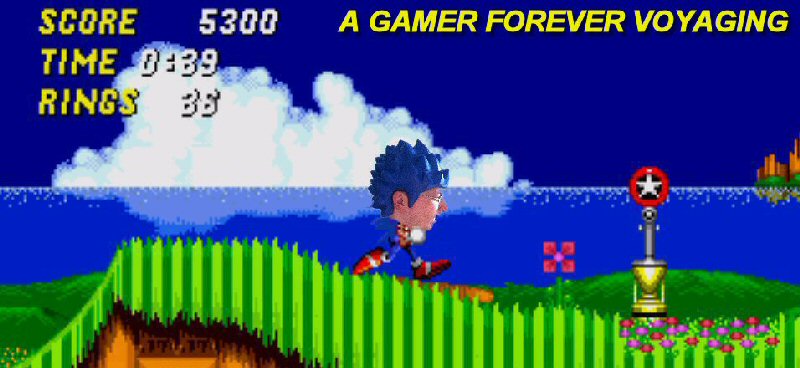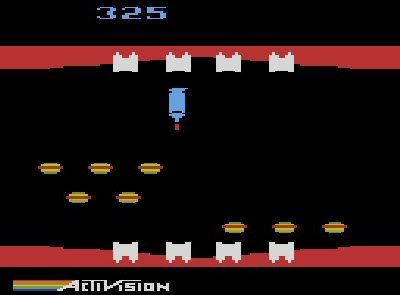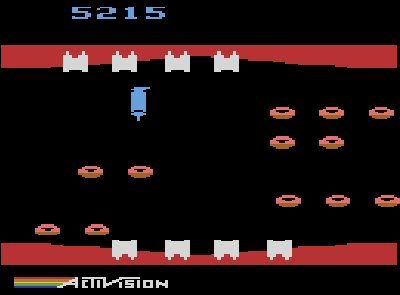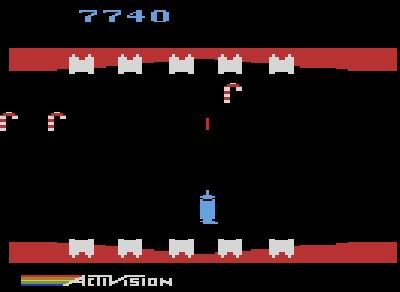
The way it used to be. Difficult, but excellent.
I did buy the original, and I played it quite a bit, probably more down to the fact it cost £9.95 than through my great love of the game. I wasn't very good at it. I imagine a lot of people weren't very good at it. It was a huge game, with hundreds of screens which you "flicked" through, one at a time. I think I managed to complete about a quarter of it, which was probably actually quite good, now that I think about it.
Spindizzy Worlds is not a game that would have been high on my list of must-buys, back in the day. It actually got a release on the SNES as well, research shows. That makes sense... the ST version actually looks a bit like a SNES game. And it seems more like a console game in structure. Whereas Spindizzy just saw you exploring one huge landscape, Spindizzy Worlds, as the title suggests, is split into levels. Well, worlds, actually. Of course.

Coloured switches, lifts and jewels. What more could a gyroscope want?
This affords the game the opportunity to be a bit more varied than the original, and it takes that opportunity by having distinct-looking worlds. Some are lush with greenery, some are drab and concrete, some are blue and watery... you get the idea.
It also means that Spindizzy Worlds plays a little differently. Oh, sure... the game still involves piloting a gyroscopic craft around troublesome scenery, picking up energy crystals in an attempt to prolong the game. But it's generally a much more puzzly affair than the original. Or should I say, the puzzles are a bit more structured, with each world having specific goals that need to be completed before progressing to the next.

And they're under starters orders in the Spindizzy National...
Occasionally, the game will edge towards its Marble Madness leanings, and throw in some timed levels. These are short, and not particularly difficult. But they add a little bit of welcome variety to the switch-pressing that dominates the majority of the game.
So, Spindizzy Worlds is a more accessible, more structured game than the original. But is it better? Well, despite the fact you can save the game, I don't think it is. It does have irritations... the biggest of which is the "scrolling" method. The original game was a flick-screen affair. This game is flick-screen too, but it also scrolls at times, which is a bit weird. Why didn't they just make it scroll all the time? The method used here just serves to disorientate you a bit.
Spindizzy Worlds is a fine game, but somehow it didn't quite grab me as I'd hoped. That doesn't mean I won't play it again... I'm wondering just how big the game is for one thing. But I don't really think that it's the classic it could have been.




